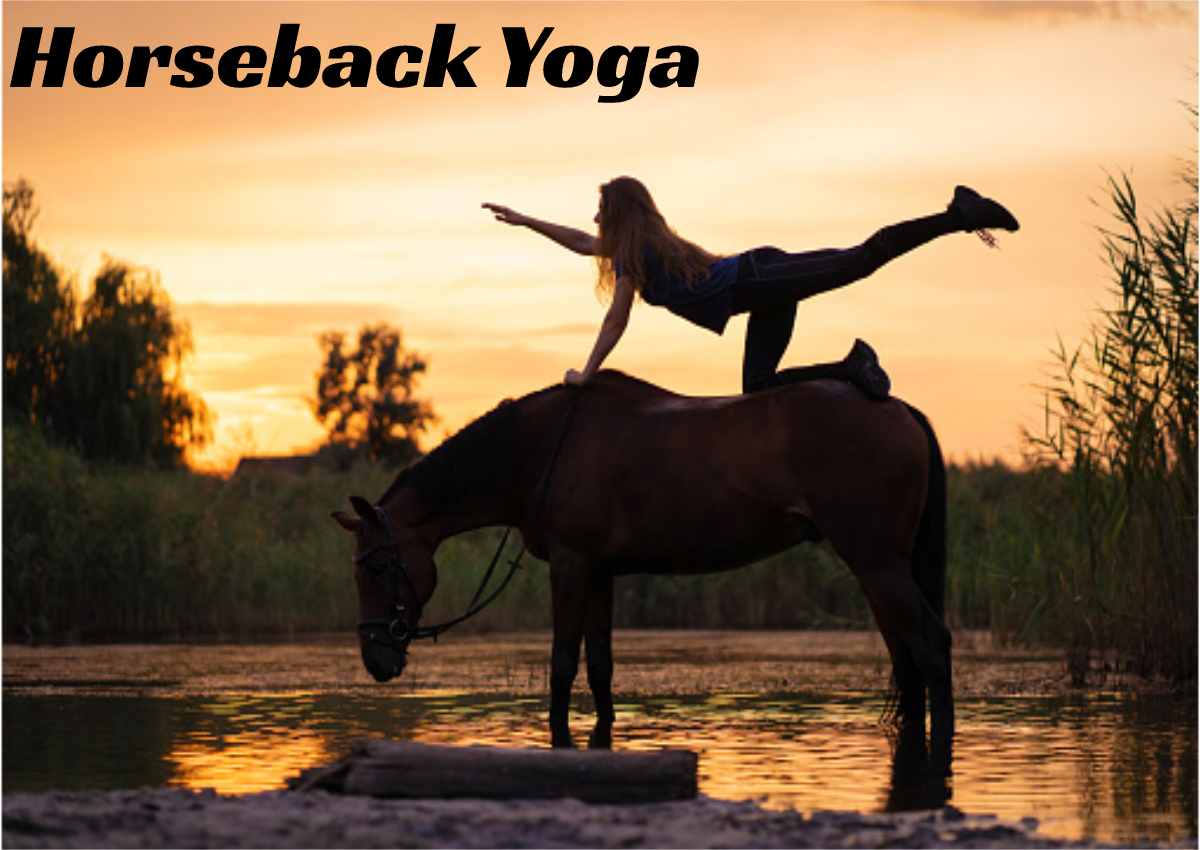Table of Contents
Asana on a Horse? Presenting the Latest Hybrid In The Yoga-Plus-Sports Trend.
Horseback Yoga, Equestrian yoga. We remain designed to foster the connection between two living beings, human and horse, outdoors. Like yoga, horseback riding improves core stability and balance, according to a study published in the Journal of Physical Therapy Science. Additionally, horseback riding helps us practice being present using our breath, posture, and Drishti gaze. The intention is as essential to success in the saddle as it is on the mat. Relaxing and feeling the horse creates a bond with the animal and the land says yoga teacher Janice Baxter.
He and renowned horsewoman Tammy Pate co-direct the authentic Experience Yoga and Horses retreats at the stunning Home Ranch. At Clark. Equestrianism is an ongoing process of letting go of the ego to reduce resistance and build confidence, adds Pate. The retreats seamlessly weave twice-daily walks and yoga classes with delicious food, fun, and friendship. It puts a whole new spin on Horse Stance.
Is Your Yoga Practice Stealing From Religion?
In her new book, a scholar of religious ethics grapples with the implications and inevitability of religious appropriation. Get access to Outside Learn, our online education center offering in-depth yoga, fitness, and nutrition courses, when you sign up for Outside. In her new book Theft My Religion, Bucur inscribes that they never consider that forms of spiritual borrowing can be harmful in the same way as cultural appropriation. She wrote the book because she wanted them to think more deeply. What better place to travel than in the murky realm of yoga? Or should we say yoga’s?
Devotional Yoga Offers Chants, Sutras, And Traditions.
Bucar, also a certified Kripalu Yoga teacher, suggests two types of yoga: devotional and respite. Distinguishing between them helps us comprehend the complex way we approach practice in the West. Divine yoga has its roots in Vedic study and developed from Hinduism. Here lives the chant, the mudras, the sutras, and the Bhagavad Gita. We can consider it traditional or authentic because it is more like what we imagine the sages did in Hindu ashrams.
When Yoga First Came [To The US], It Was Very Devotional, She Says.
While it attracted some followers interested in philosophy, it was not acceptable to many Westerners. “It was too oriental, too foreign, too brown, too defiant.”
To make it closer to a broader swath of people, “yoga’s proponents told people: You can put out asanas and not worry about metaphysics and cosmologies and ethics,” she says. Nevertheless, they remained promised a primarily physical practice that was safe and unchallenged by their worldview. That is the framework from which “relief yoga” evolved.
Relay Yoga Promises Greater Well-Being
The practice that Bucur calls relay yoga is all about physical health, stress reduction, and general well-being. She describes it as feel-good yoga, just good vibes yoga. It’s the age-old practice we’ve expected from a studio or gym. The benefit of a secular yoga practice remains that it can remain accessible to more people, regardless of their religious or spiritual leanings. But removing the esoteric parts of yoga reduces it to little more than calisthenics and deep breathing. And while medical research confirms the physical and mental health benefits of such exercises for some people, that doesn’t seem to have the same appeal as the yoga practice.

